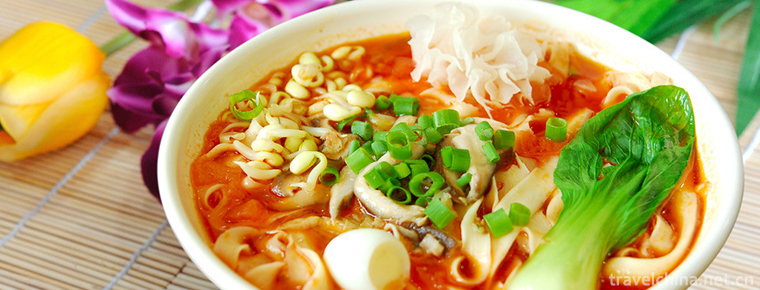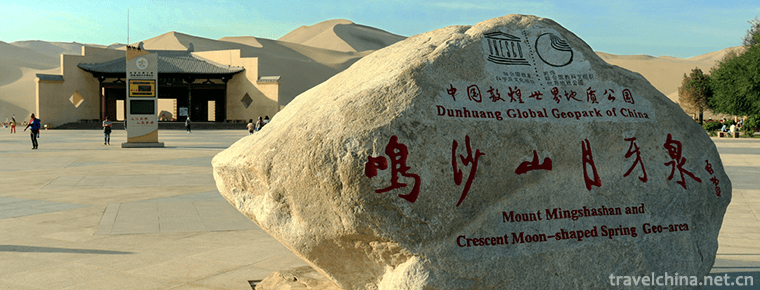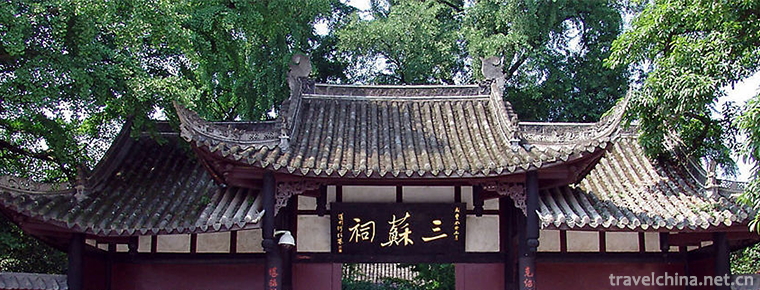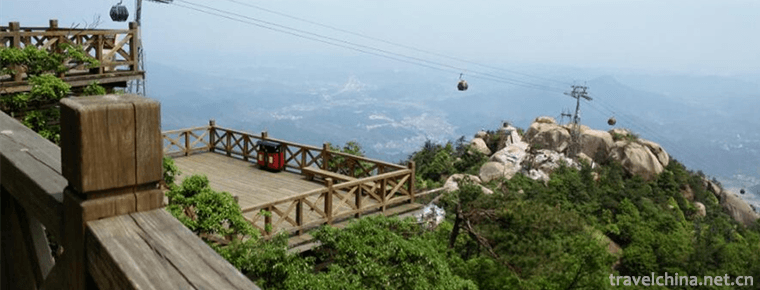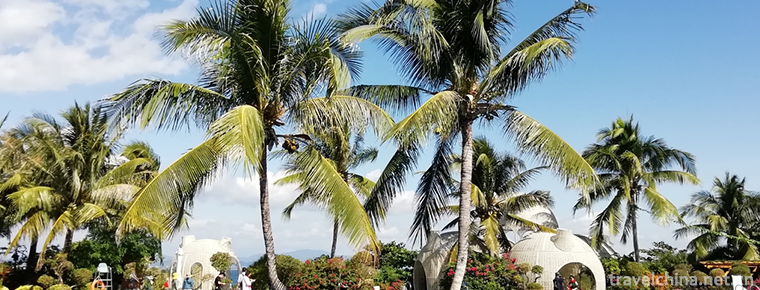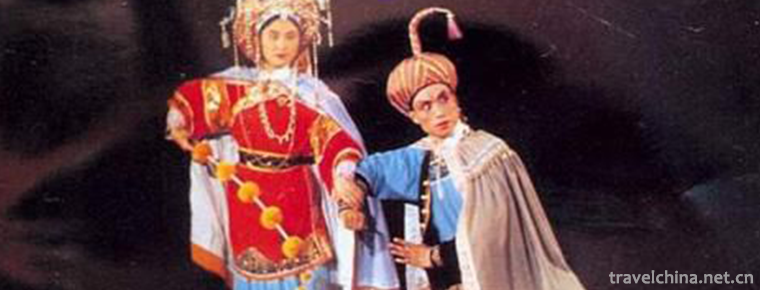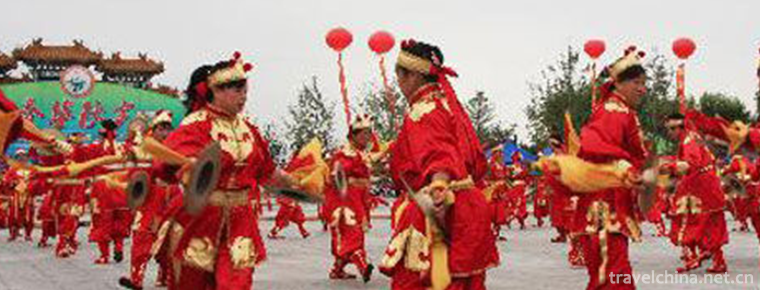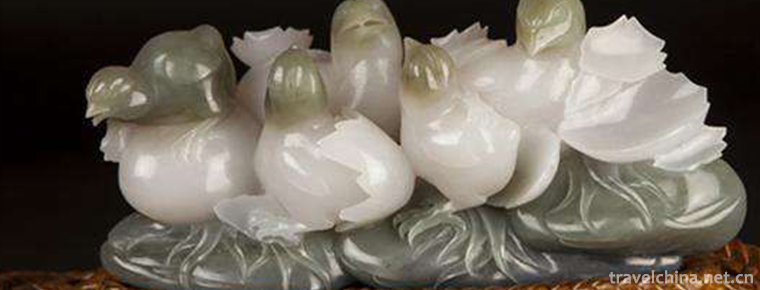Eight treasures taro
Eight treasures taro
Babao taro paste is one of the local traditional sweet spots in Fujian cuisine. This dish is delicate, soft, sweet and delicious. It looks like a cold dish but burns its mouth. It has a unique flavor. It is often served at feasts on auspicious occasions.
Characteristics of dishes
This dish is delicate, soft, sweet and delicious. It looks like a cold dish, but it burns its mouth. It has a unique flavor. There are many such dishes at feasts.
Allusion
It's famous for an interesting story. In the seventeenth year of Qingdaoguang (1839 A.D.), Lin Zexu, the imperial minister, went to Guangzhou to ban smoking. In order to ridicule Chinese officials, consuls from Britain and the United States specially prepared western cold dishes in an attempt to make Lin Zexu look ugly when eating ice cream. Afterwards, Lin Zexu set up a grand feast of "Respect". After a few cold dishes, a dish of dark gray and shiny, dark brown and smooth, without steaming, is served as a cold dish. A foreign consul spooned it into his mouth, burning his eyes straight, and the other guests were shocked. At this time, Lin Zexu carelessly introduced that this is a famous dish in Fujian Province of China called taro paste.
Material Science
Taro 500g, bean paste 100g, decorative preserves (sugar lotus seeds, red and green silk, raisins, green plum, etc.) appropriate amount.
Seasoning:
(A) Two spoons of sugar and two spoons of salad oil;
(B) Three spoons of sugar, one cup of hot water;
(C) Half a spoonful of dry starch and half a spoonful of water.
practice
1. Peel and slice taro, wash it, wrap it in microwave film (do not drip dry). Heat it over high heat for 8 minutes until chopsticks can penetrate. After taking it out, press it into mud shape with knife back and add seasoning (A) and mix well.
(2) Take a medium bowl, put a layer of salad oil on the inside, then arrange the decorative preserves into a circle, fill in half of the taro paste, put the bean paste in the center, then fill the remaining taro paste with flattening, cover with microwave film, heat for 3 minutes, take out and buckle on the plate.
(3) Put seasoning (B) into the container, heat it for 2.5 minutes at high temperature, add seasoning (C) and mix well. Continue to heat for 20 seconds and take it out. Sprinkle it on taro paste while it is hot.
To make this dish, first peel Fuding taro, wash it and cut it into pieces. Steam it in a drawer for about an hour. Remove it and press it into mud with a knife board. Take care to pick out the thick ribs at this time. Then put the taro paste in a bowl, add sugar and cooked lard, mix well with clean water, smooth it, steam it in the drawer for 1 hour, and take it out. According to each person's taste, you can also put some bean paste stuffing in taro paste appropriately, the flavor is better. After serving, the taro paste is sprinkled with eight ingredients, such as pulp, jujube paste, osmanthus fragrans, peanut kernels, longan, honey jujube, green and red silk, which are colorful and attractive. Babao taro paste got its name from this. The local Fuding taro is of good quality and rich in resources, and the common folk people can make this dessert by themselves.
Nutritive value
The nutritional value of taro is very high. The starch content in tuber is 70%. It can be used as both food and vegetable. It is a good tonic for both old and young. It is a valuable vegetarian food in autumn. Taro is also rich in protein, calcium, phosphorus, iron, potassium, magnesium, sodium, carotene, nicotinic acid, vitamin C, vitamin B1, vitamin B2, saponins and other components. According to traditional Chinese medicine, taro is sweet, spicy and flat, enters the intestine and stomach. It has the functions of benefiting stomach, widening intestine, relieving constipation, tonifying liver and kidney, and adding lean marrow.
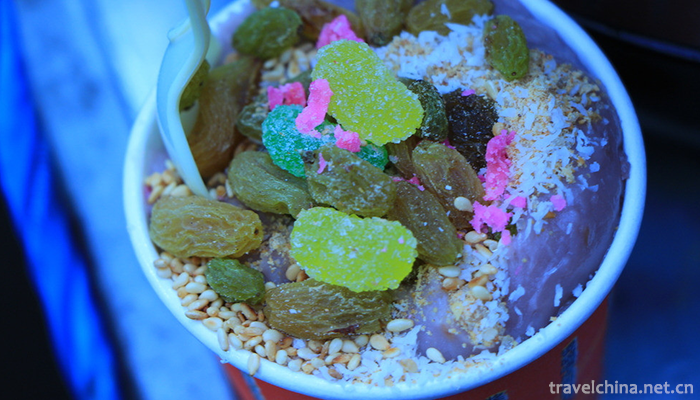
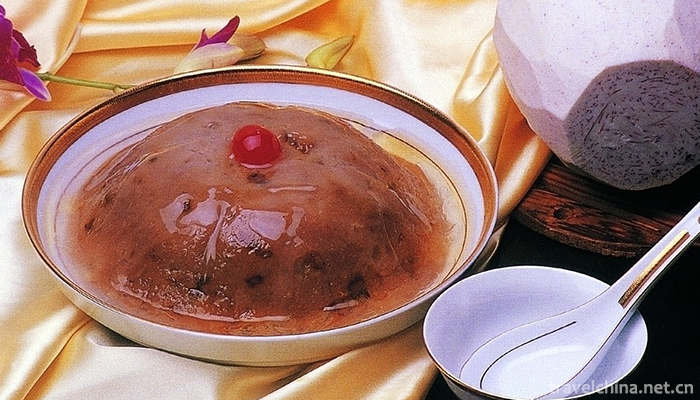
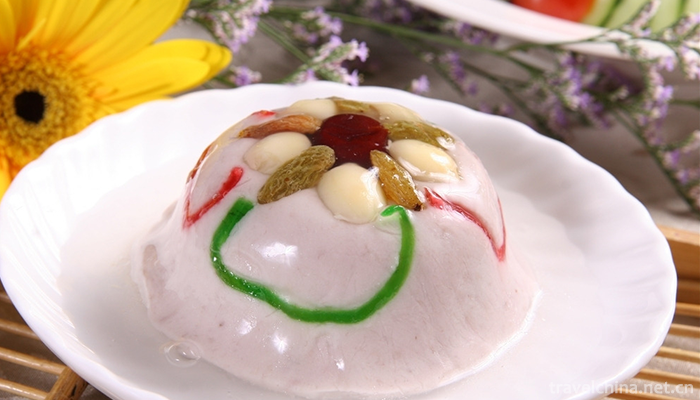

Eight treasures taro
-
Coconut rice
"Coconut rice", also known as coconut boat, belongs to Hainan cuisine. Coconut is very nutritious and is a good product for both medicine and food.
Views: 273 Time 2018-11-05 -
Alice tomato noodles
The Ali brand was born in 2001 and officially launched in 2005. The brand popularity and honor of Ali Juice Noodle series products are constantly improving
Views: 259 Time 2018-11-26 -
Mingsha Mountain Crescent Spring Scenic Area
Mingsha Mountain Crescent Spring Scenic Spot is located 5 kilometers south of Dunhuang City, Gansu Province. It covers an area of 312,000 square kilometers
Views: 92 Time 2018-12-12 -
Sansu Temple Scenic Area
Sansu Temple Scenic Area is located in the west of Meishan City, Sichuan Province. It is a national AAAA-level tourist attraction, a national key cultural relics protection unit, and a national second
Views: 123 Time 2018-12-19 -
Shangrao Lingshan Scenic Area
Shangraolingshan Scenic Area, located in the north of Shangrao County, Shangrao City, Jiangxi Province, is a national scenic spot with an area of 160 square kilometers. Lingshan is listed as the "
Views: 138 Time 2018-12-19 -
Wangcheng in heaven
Tianwangcheng Scenic Area is located 40 kilometers northwest of Yishui County, Linyi City, Shandong Province. The main part of the Scenic Area is located in Jiwanggu. It is the national AAAA scenic sp
Views: 121 Time 2019-02-21 -
Wuzhizhou Island Scenic Area
Wuzhizhou Island is situated in Haitangwan Bay in the north of Sanya City. It is opposite to Monkey Island in the South and is adjacent to Yalong Bay
Views: 395 Time 2019-02-24 -
Little wild goose pagoda
Xiaoyan Pagoda is located in the Jianfu Temple of Anrenfang, Chang'an City, Tang Dynasty (now the southern suburb of Xi'an City, Shaanxi Province), also known as the "Jianfu Temple Pagoda".
Views: 232 Time 2019-02-25 -
Poke feet
Poking feet is one of Chinese boxing. Leg and foot kungfu is the main form. It is said that it originated in the Song Dynasty and flourished in the Ming and Qing Dynasties
Views: 162 Time 2019-04-22 -
Guizhou opera
Guizhou Opera is one of the local operas popular in Guizhou Province. It evolved and developed from the opera Yangqin (also known as "Wenqin", "Guizhou Playing Ci")
Views: 182 Time 2019-06-10 -
Prince Wuwuwu quarrel
Prince Wujiaozi is one of the unique traditional folk dances in Beijing. It integrates entertainment, fitness and performance. Wujiaozi has a strong style, rough style, relaxation and generosity. Part
Views: 163 Time 2019-06-18 -
Jade Carving in Yangzhou
Yangzhou has a long history of jade carving. Jade carving in Yangzhou reached a new peak in the Tang Dynasty, and carving and striping appeared in the Song Dynasty. During the Qianlong reign of the Qi
Views: 114 Time 2019-07-10

